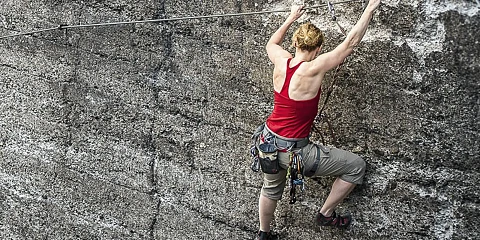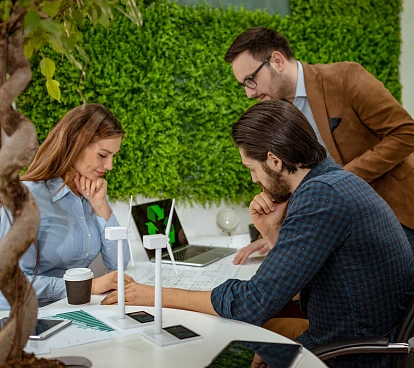
Want to reach your full potential? Know your strengths and weaknesses
September 20, 2022
When was the last time you stopped to think about yourself? About what you want to achieve and how to reach your goals? Have you considered how your strengths and weaknesses could impact that plan?
Self-reflection is key to self-improvement. Otherwise, we won’t know where we’re trying to go and the best way to get there.
Most of us are constantly learning and training to boost our knowledge and skills. But turning that curiosity inwards is key to making the most out of what we already know and fueling our personal and professional growth.
First of all, let’s define what we mean by strengths and weaknesses.
Strengths are the desirable characteristics, attitudes, and skills that we possess as individuals. A characteristic becomes a strength when it is clear, constant, and outstanding and gives us an advantage over others.
Weaknesses are non-desirable attributes that we possess that may become an obstacle to achieving our goals.
With that cleared up, let’s learn what we can do to embrace our strengths and weaknesses and make them work in our favor.
Identify your strengths and weaknesses
Take some time to think about what you love to do, what you do well and where you excel…
Visualize your day-to-day work. Now, think about what parts of the job you do best. The areas where you are especially productive may provide good hints about your strengths. Maybe you’ll realize that you thrive when planning, communicating or coming up with creative solutions. On the flip side, the day-to-day tasks where you are least effective could point to your weaknesses. You may also consider what parts of the job you enjoy the most or do most comfortably (no matter what anyone says). Often, our favorite parts of the job jive well with our strengths.
If you are having trouble figuring out your strengths and weaknesses (yes, we all have both) you can always ask for feedback from your colleagues.
Then make two lists. One with your strengths and one with weaknesses, without being overly demanding or critical of yourself. Remember, no one is perfect!
Put them into action!
Once you’ve identifies your strengths, create an action plan for how you can draw on those skills as much as possible. It’s not always easy, but you should try to consciously bring them into your days as much as you can. By mindfully practicing your strengths, chances are you’ll get good results and even improve on what you already excel at.
Think about your weaknesses too. Some may not be weighing you down much, but improving some could be key to unlocking your potential. Try ranking each weakness on a scale from 1 to 10 based on their impact on your life. What improvements could help you advance, be happier and change for the better? If you notice any strongly negative weaknesses, make an action plan for how to overcome them and even turn them into strengths.
For professional development, you should consider if you want to really hone in on building your strengths in one particular area to become an expert, or if you want to be more of a generalist. For those with generalist aspirations, it’s best to work on improving both your strengths and weaknesses.
Evaluate the results
After you’ve put your plans for practicing your strengths and improving any weaknesses into action, take some time to evaluate the results.
Are you making the most of your strengths in your day-to-day life? Do you need more help to overcome your weaknesses?
Don’t expect to make a magical overnight transformation. It’s a process that’s done step by step. Use reminders to let your strengths shine and overcome your weaknesses. Ideally, your actions will eventually turn into habits that you will do without having to think about.
But at the beginning, you have to make a conscious effort. Motivation and consistency are the two most important traits for creating new habits.
It’s also important to seek out help. You can find it in books, courses, coaches, your boss or even your co-workers. There’s no one better to help you change or identify your professional strengths and weaknesses than the people you work with every day. Having outside perspectives can be incredibly useful because how we see ourselves can get easily distorted.
Improving requires change, and change takes effort. But be confident that it will all be worth it. In the end, your work will be more valuable and your self-esteem will be higher.
To sum it all up, the value of knowing ourselves is vast if we want to change to become better people and professionals. But be patient and enjoy the process. Breaking habits and creating new ones is simple when you are consistent, motivated and enthusiastic.
Our latest news
Interested in learning more about how we are constantly adapting to the new digital frontier?

Insight
February 5, 2025
Pharmaceutical tenders: top 5 obstacles and how to overcome them

Tech Insight
January 13, 2025
How to bring your application closer to everyone

Insight
December 10, 2024
Groundbreaking technologies today that will reshape the innovation landscape in 2025

Insight
December 3, 2024
Sustainable Development: Minimizing Digital Footprint and Optimizing Consumption